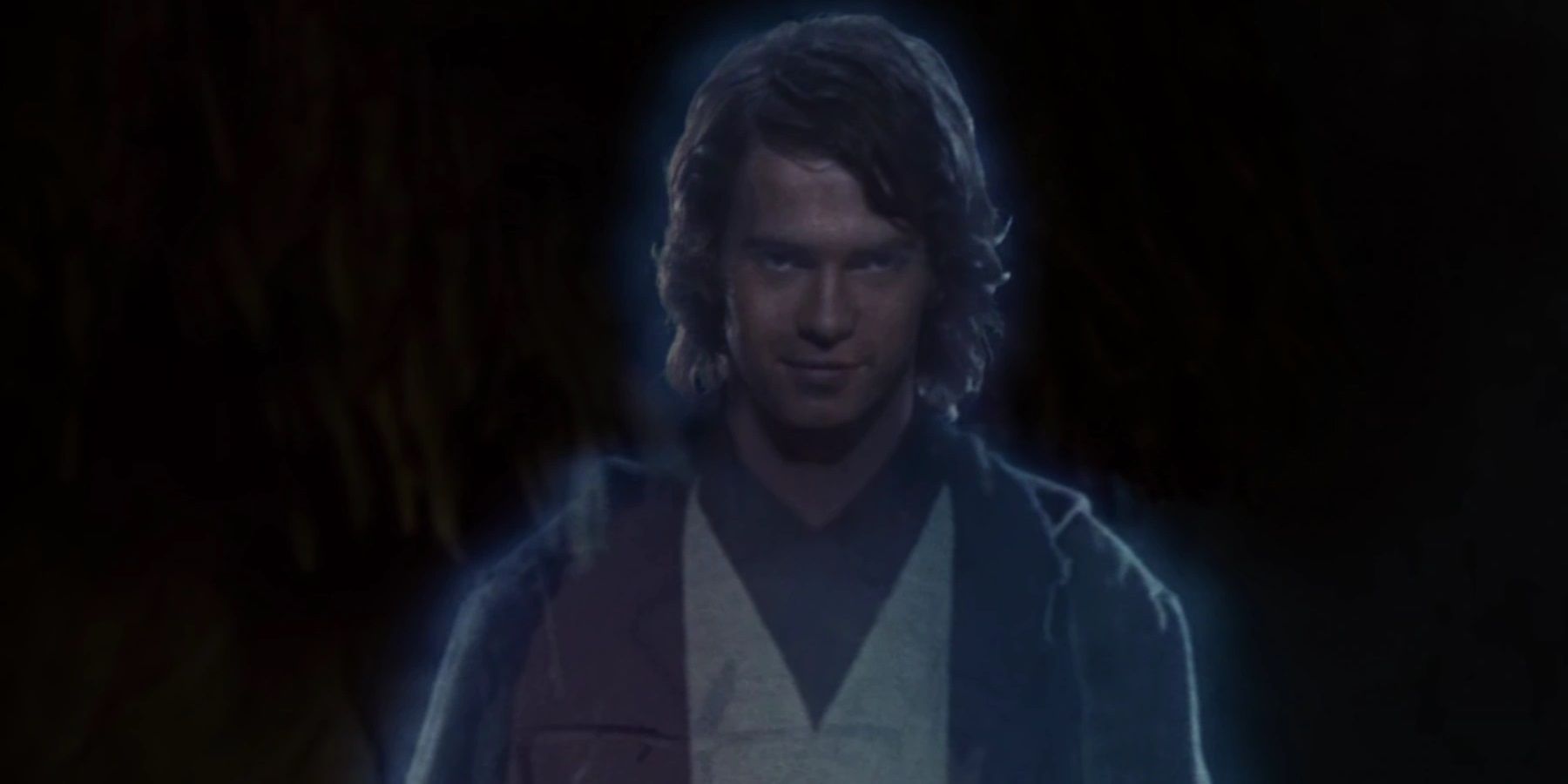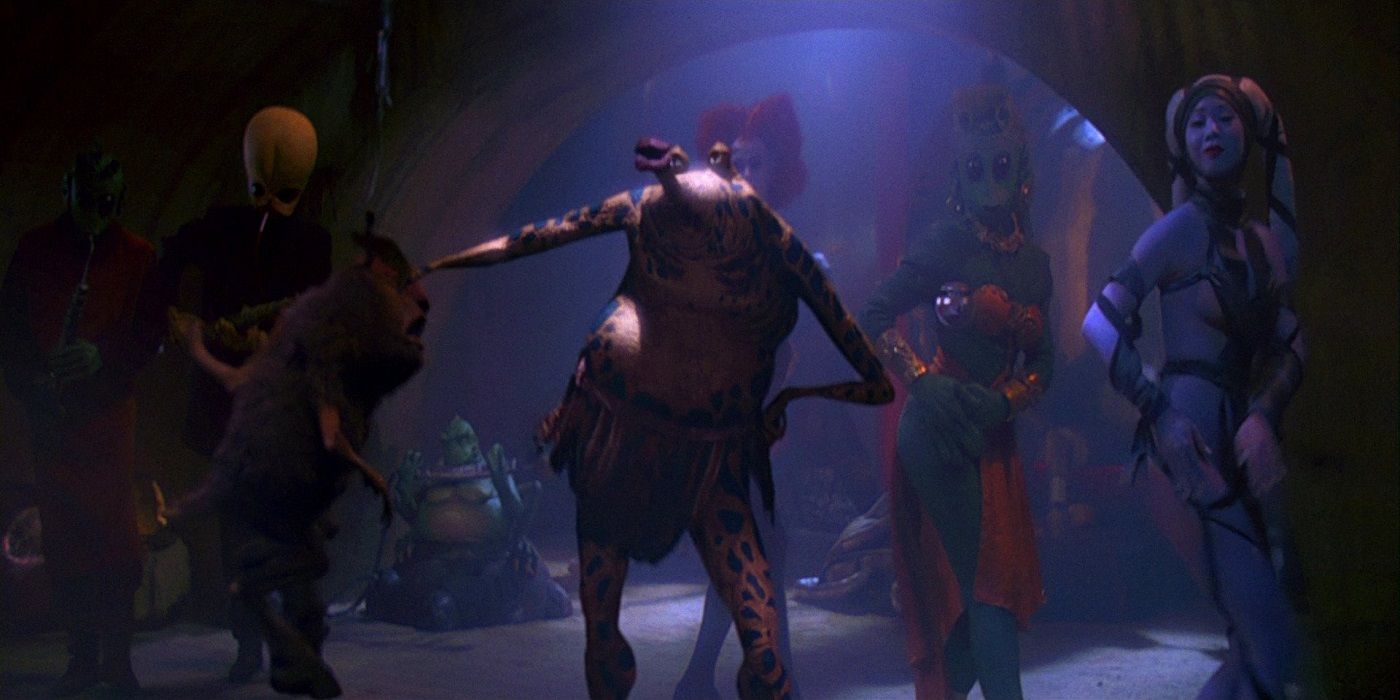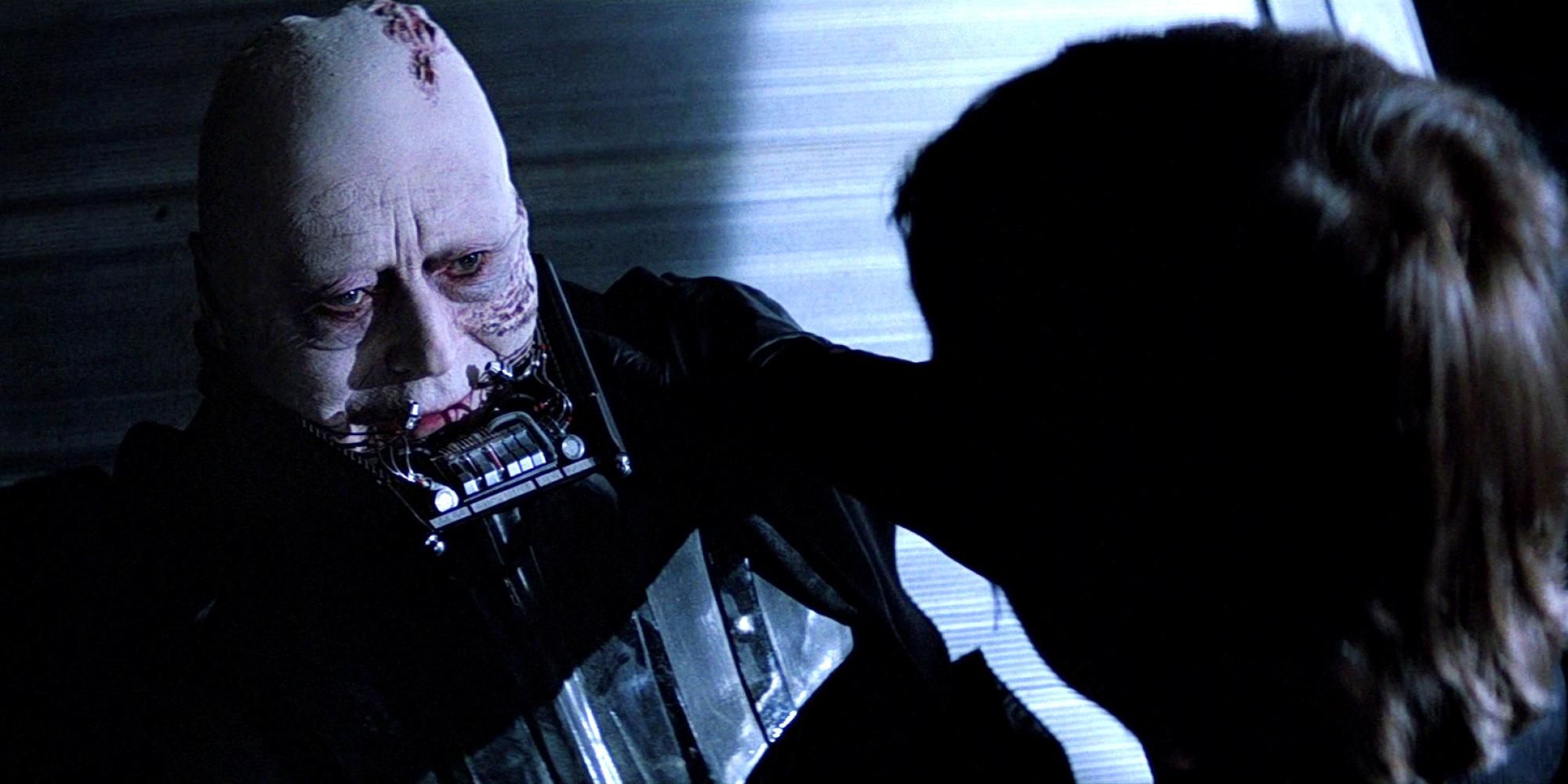Return of the Jedi is the Star Wars movie hurt most by George Lucas's changes with the special editions. Originally released in 1983, Return of the Jedi was re-released, alongside the two other entries comprising the original Star Wars trilogy, in 1997, with a significant number of edits made to the film. The Star Wars special editions were created not only to create hype for the then-upcoming prequel Star Wars: Episode I – The Phantom Menace, but also to match the VFX-filled aesthetic of the new trilogy.
SCREENRANT VIDEO OF THE DAY
Most of Lucas's changes to the original Star Wars trilogy were largely cosmetic, including newly-remastered picture and sound. However, other, more controversial edits affected the story and characters of the films. The most infamous of these changes — dubbed "Han Shot First" by fans — alters the introduction of Han Solo from him shooting bounty hunter Greedo first to him shooting back at Greedo in self-defense. Lucas made the change in order to give Han more justification for his shooting of Greedo. Still, this decision was criticized for lessening Han's story arc in A New Hope by initially making him seem more heroic than he was in the original theatrical cut.
While that alteration of A New Hope may be the most controversial single change in George Lucas's Star Wars special editions, the changes made to Return of the Jedi hurt the concluding entry in the trilogy the most. Many of the changes made are incredibly invasive to the film, especially the newly added CGI characters that do not mesh well with the practical puppets. Other terrible special edition changes to Return of the Jedi hurt the sequel even further by ignoring previously established characterizations and by negatively altering the mood of certain scenes.
What Star Wars' Special Editions Changed In Return Of The Jedi

Many of the changes made in Return of the Jedi's special edition are comparable to the alterations made to the other two films in the trilogy. The Sarlacc, the monster in the pit that consumes Boba Fett, received CGI additions, including a beak and tentacles. The Jabba's Palace sequence opened with a completely different performance from the Max Rebo Band. Instead of performing the song "Lapti Nek," as in the original theatrical release, a new song called "Jedi Rocks" was created for the scene, alongside a CGI model of lead singer Sy Snootles. At one point, George Lucas considered showing Boba Fett's escape from the Sarlacc pit but left it out to instead focus on Jabba the Hutt's death (Boba Fett's Sarlacc escape would later be depicted in the first episode of The Book of Boba Fett).
At the end of Return of the Jedi, during the celebrations after the destruction of the second Death Star, another song was replaced: the Ewok tune commonly known as "Yub Nub" was replaced by a composition by John Williams. The celebration scene was also lengthened to include shots of the planets Coruscant, Bespin, and Tatooine. The 2004 DVD release of Return of the Jedi lengthened the celebration scene even further, adding the planet Naboo to its repertoire, as well as depicting the Jedi Temple and the Senate on Coruscant.
The 2004 updates to the Return of the Jedi special also edition made a considerable number of changes to Darth Vader/Anakin Skywalker. The most significant of these follows Darth Vader's redemption at the end of the film. Footage of Star Wars prequel actor Hayden Christensen was used instead of the original Sebastian Shaw to depict Anakin's force ghost. Lucas later stated that this change was made to indicate clearly that Anakin had "come back to the good side of the force."
Why Return Of The Jedi's Changes Hurt The Movie

Return of the Jedi's special edition edits hurt the movie because they were the most invasive of the entire original trilogy. The "Jedi Rocks" scene brings the pacing of the Jabba's Palace sequence to a grinding halt and destroys its mysterious atmosphere with a garishly loud and abrasive song and dance sequence. Although this was more of what Lucas had originally intended with the "Lapti Nek" scene in the theatrical cut, the CGI models of Sy Snootles and the new members of the band are distracting, and neither hold up compared to the CGI models of characters like the clones in the prequels nor fit with the puppetry and costumes of the original scene. The vocals of the new song are also hard to listen to.
The 2011 Blu-ray release of the Return of the Jedi special edition cut added Darth Vader muttering and then shouting "No!" when the Emperor is electrocuting Luke Skywalker. This change removes all complexity from the scene and outwardly states Vader's intentions, instead of relying on the audience to understand the moment from David Prowse's physical performance. This change makes George Lucas seem to distrust the film's audience to actually understand the scene in the theatrical version, but Vader's intentions against the Emperor were already clear enough.
Then there's the added footage of Boba Fett flirting with one of the dancers in Jabba's Palace, which was not well received by the character's original actor, Jeremy Bulloch. He felt that it completely went against Boba Fett's naturem, and he's right. This is backed up by his portrayal in The Book of Boba Fett, where Temuera Morrison plays him with a more reserved demeanor again, reestablishing his original characterization.
Were Any Of George Lucas' Changes Good For Star Wars?

Some of George Lucas's special edition changes to Return of the Jedi made were good for Star Wars, especially in terms of continuity. Sebastian Shaw's eyes were digitally re-colored to blue in the scene when Vader's mask is removed, in order to match Hayden Christensen's. His eyebrows were also digitally removed to reflect Anakin Skywalker/Darth Vader's fate on Mustafar in Revenge of the Sith.
New footage was shot with actress Femi Taylor, reprising her role as Jabba's Palace dancer Oola more than a decade after the original principal photography for Return of the Jedi had wrapped. This material added for the special edition is practically seamless and adds an inside view of the Rancor pit, effectively teasing the monster that Luke Skywalker will have to face later in the film. Also, the new footage of the other planets featured during the celebrations at the end of Return of the Jedi makes the rebels' victory as powerful as possible, by showing just how wide the Death Star's destruction reverberates.
Even if some changes made in the special editions were actually good for the franchise, it is still incredibly disappointing that none of the theatrical versions of Star Wars' original trilogy have been made available to watch since its VHS release nearly 30 years ago. This is void is felt with George Lucas's special edition edits to A New Hope and The Empire Strikes Back as well, but the issue is especially bad with the radically altered Return of the Jedi.
